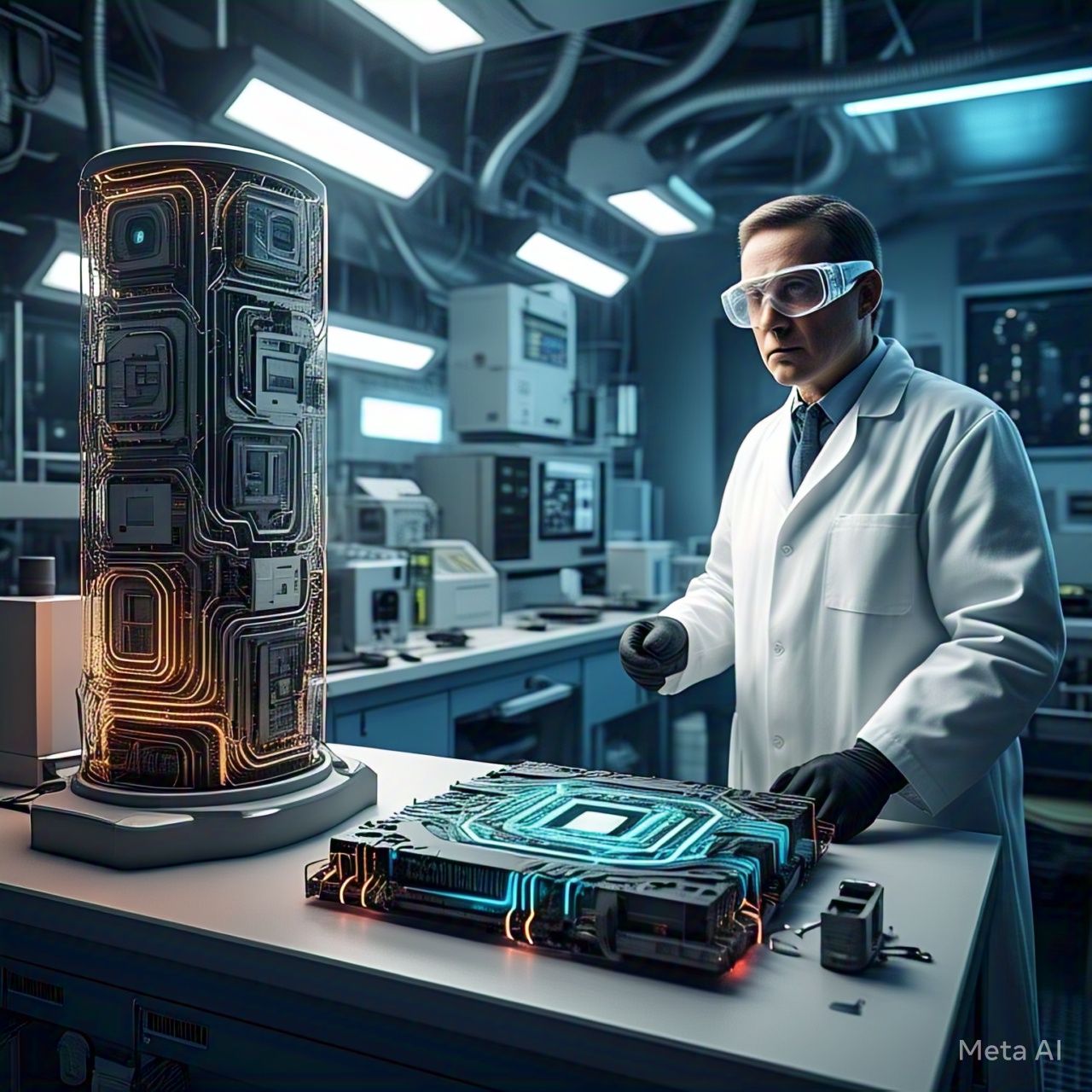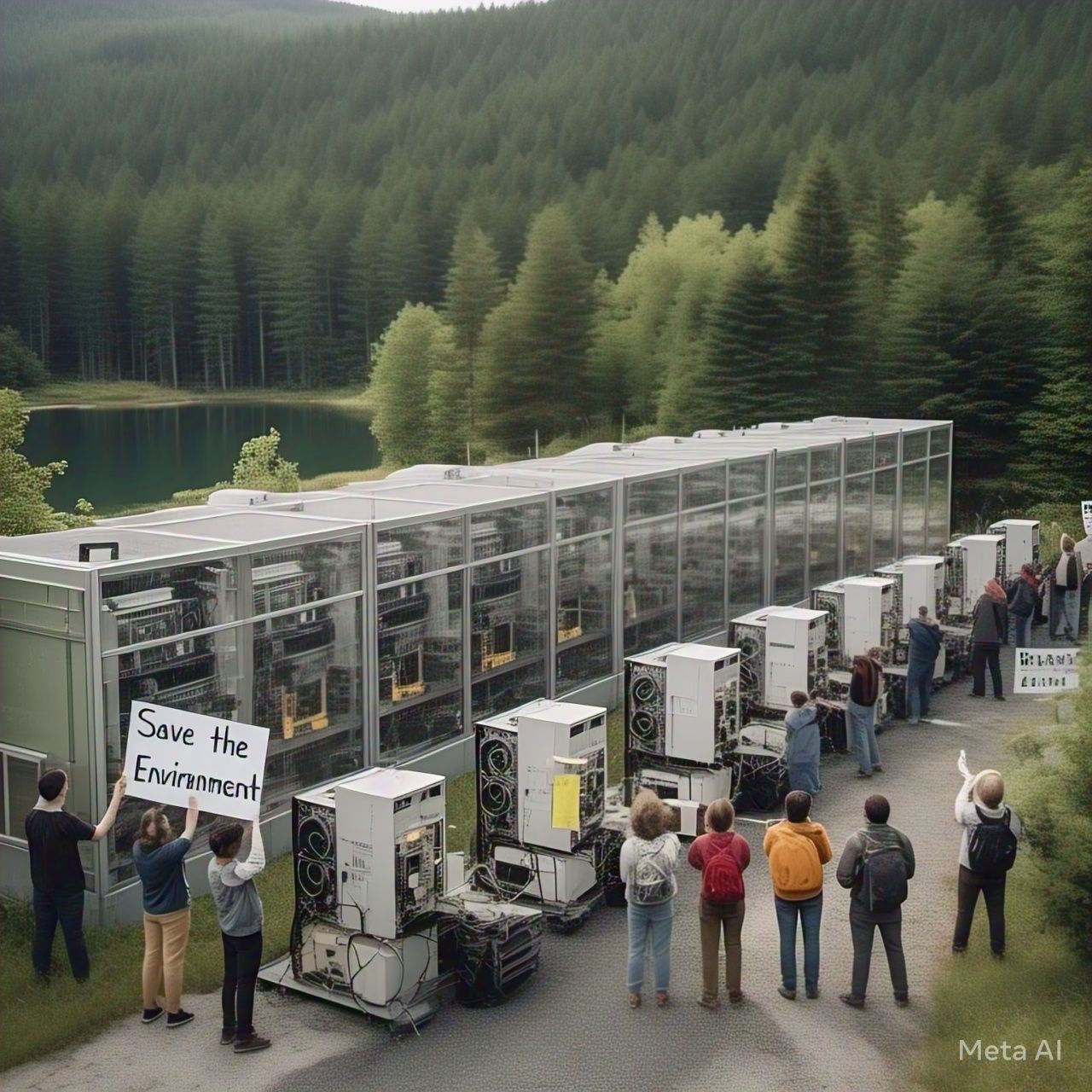Table of Contents
- Introduction
- Understanding Neural Chips
- How Neural Chips Mimic the Human Brain
- Key Technologies Behind Neural Chips
- Advantages of Neural Chips in AI
- Challenges and Limitations
- Real-World Applications
- Future Prospects of Neural Chips
- Ethical Considerations
- Conclusion
- FAQs
1. Introduction
Artificial intelligence (AI) has evolved rapidly, but one of its greatest challenges remains replicating human-like cognition. Traditional AI models rely on silicon-based computing, which struggles with the complexity of human thought processes. Enter neural chips, a breakthrough technology designed to mimic the structure and function of the human brain.
In this article, we explore how neural chips work, their advantages, challenges, and how they could revolutionize AI to think more like humans.
2. Understanding Neural Chips
2.1 What Are Neural Chips?
Neural chips, also known as neuromorphic processors, are specialized AI hardware that mimics the way the human brain processes information. Unlike traditional CPUs and GPUs, neural chips use spiking neural networks (SNNs) to replicate synaptic activity.
2.2 How Do They Work?
- Utilize artificial neurons to process data efficiently
- Employ event-driven computing, processing information only when necessary
- Consume significantly less power than conventional AI hardware
3. How Neural Chips Mimic the Human Brain
Neural chips replicate brain function using:
- Spiking Neural Networks (SNNs): Mimic biological neurons by transmitting data through “spikes”
- Synaptic Plasticity: Adaptive learning inspired by Hebbian learning principles
- Parallel Processing: Like the human brain, neural chips process multiple inputs simultaneously
Key Difference from Traditional AI:
| Feature | Traditional AI (GPUs/CPUs) | Neural Chips (Neuromorphic) |
|---|---|---|
| Processing Model | Sequential/Parallel | Fully Parallel |
| Power Efficiency | High Consumption | Ultra-Low Consumption |
| Learning Method | Backpropagation | Synaptic Plasticity |
| Data Handling | Fixed Processing | Event-Driven Processing |
4. Key Technologies Behind Neural Chips
4.1 Memristors
Memristors are resistance-based memory elements that allow synaptic weight adjustments similar to real neurons.
4.2 Analog Computing
Unlike digital computing, analog computing processes signals continuously, improving efficiency.
4.3 Spiking Neural Networks (SNNs)
SNNs improve AI learning without requiring vast amounts of data, enabling adaptive learning.
5. Advantages of Neural Chips in AI
5.1 Energy Efficiency
Neural chips consume up to 1000x less power compared to traditional AI hardware.
5.2 Faster Decision Making
- Real-time processing mimics how the human brain reacts instantaneously.
- Reduces AI latency, making it ideal for autonomous systems.
5.3 Improved Learning Capabilities
Neural chips self-adapt, learning in real-time like the human brain.
6. Challenges and Limitations
6.1 Complexity of Design
Neural chips require new fabrication methods, making them expensive to develop.
6.2 Lack of Standardized Algorithms
AI software is still optimized for traditional silicon-based chips, requiring new programming models.
6.3 Scalability Issues
Despite advancements, large-scale neural chip production remains a technical challenge.
7. Real-World Applications
7.1 AI-Powered Robotics
- Neural chips enable robots to learn from experience, improving interaction with humans.
7.2 Medical Diagnosis
- AI systems using neural chips can analyze medical scans faster and more accurately.
7.3 Autonomous Vehicles
- Event-driven processing improves real-time decision-making, making self-driving cars safer.
8. Future Prospects of Neural Chips
8.1 Integration with Brain-Computer Interfaces (BCIs)
Neural chips could bridge human cognition with AI, enabling brain-controlled systems.
8.2 Quantum-Neuromorphic Computing
Future AI could combine neural chips with quantum computing, unlocking unprecedented processing power.
8.3 AI That Truly Thinks Like Humans
Advancements in neural chips could lead to AI systems capable of intuitive reasoning and emotional intelligence.
9. Ethical Considerations
9.1 AI Consciousness Debate
Could neural chips create self-aware AI? Ethical concerns regarding AI rights are already emerging.
9.2 Privacy and Security
AI-powered neural chips could process personal data in real-time, raising questions about data privacy.
9.3 Job Displacement
With AI mimicking human cognition, workforce disruptions in certain industries are inevitable.
10. Conclusion
Neural chips represent the next frontier in AI development, promising to bridge the gap between artificial and human intelligence. While challenges remain, their efficiency, adaptability, and processing power make them a game-changer in AI evolution. As research progresses, we inch closer to true brain-like AI, shaping the future of technology.
11. FAQs
1. How do neural chips differ from traditional AI hardware?
Neural chips mimic the human brain, while traditional AI hardware relies on predefined algorithms and brute-force computing.
2. Are neural chips more efficient than GPUs?
Yes! Neural chips consume far less energy while providing faster and more adaptive AI processing.
3. When will neural chips become mainstream?
Neural chips are still in development, but companies like IBM and Intel are making significant progress, with commercial adoption expected within a decade.
4. Can neural chips enable AI consciousness?
While they enhance AI’s learning capabilities, true AI consciousness remains speculative and is an ongoing subject of research.
5. Will neural chips replace traditional processors?
Not entirely. Neural chips will complement existing AI hardware, improving efficiency in specific cognitive computing tasks.




